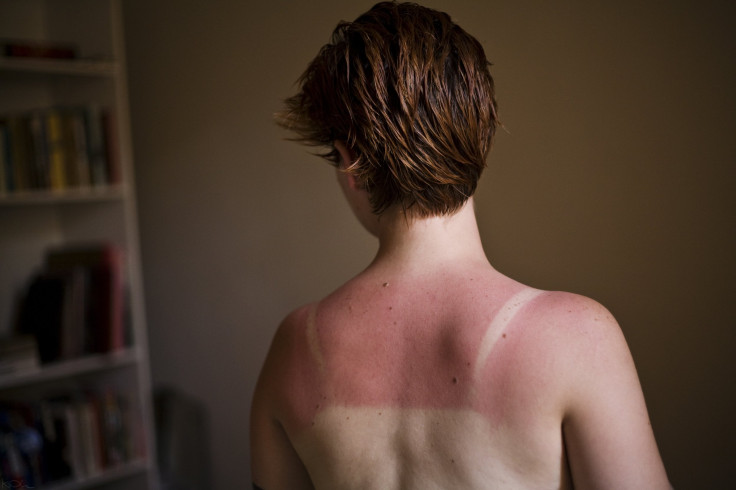Skin Cancer: What To Check When Examining Self For Early Signs

Skin cancer could be deadly. While most can be cured if treated promptly, other more advanced cases of melanoma can be fatal. That's why doctors recommend having a self-examination at least once a month to catch the condition early.
But simply looking at one's skin from head to toe wouldn't cut it. An expert has shared some tips on what to look for when trying to spot the earliest signs of skin cancer.
Dr. Nandini Kulkarni, the medical director of surgical oncology for Inspira Health in Vineland, New Jersey, spoke with Fox News about the early warning signs of skin cancer this week.
"A change to a mole, a sore that won't heal, or a new growth may be a warning sign of skin cancer," she said. "By conducting regular skin checks, you will become familiar with the pattern of moles, blemishes, freckles and other marks on your skin."
Familiarizing the skin on the different parts of the body would make it easy to spot any curious changes. "When you notice a change, you should see your dermatologist," Kulkarni quipped.
To be specific, the expert shared an acronym on what to look for while self-examining. According to her, one should always check for A-B-C-D-E: Asymmetry, Borders (irregular, raised), Color (any change in color of a mole), Diameter (larger than a pencil eraser), and Evolving changes.
Kulkarni noted that the best time to conduct a self-exam is after a bath or shower. It is also best to do it in a well-lit room with a full-length mirror and a hand mirror so it's easy to spot the changes.
According to Cleveland Clinic, skin cancers can be cured if treated before they get the chance to spread. The earlier the condition is found and removed, the better the chances of having a full and speedy recovery.
Thus, Kulkarni recommended examining even the less obvious areas than the face, arms, legs and sides. Skin cancer could be hiding on the soles of the feet, the scalp of the head, or even in between the fingers. For hard-to-see parts, she suggested asking someone for help.
To help catch skin cancer early, the Skin Cancer Foundation said one should perform a self-exam at least once a month and have a thorough skin check with a professional dermatologist every year.
"Skin cancer can occur anywhere on the body, even areas that are not exposed to the sun," Kulkarni pointed out. However, she and other experts agreed that a self-exam should only be a supplement and not a replacement for a checkup with a dermatologist.




























